When I interviewed Benedict Redgrove, he spoke very highly of you and your commitment to your work. How did you come to work with him?
We met a few years ago in his London studio. I happened to be assisting another photographer who Ben shares studio with. We somehow “clicked” very well from the very first chat. It is probably a good sign when you start laughing at each other straight away.
After a few months, I got an email from his assistant asking if I could be Ben’s a third assistant on a busy job. As a third assistant, you basically carry bags and put up stands, you have very little responsibilities. Nevertheless, it was great two days watching Ben working, finding shots, being a part of his team. Then much later in a year I received a call from Ben. This time he was looking for someone to help him on a personal project.
And there it was, he suggested to take me on a two weeks trip to the states to shoot his project on Cargo planes. Just to say, I was neither a very experienced assistant nor a great digital operator. I believe Ben saw something more in me than I did myself. Nevertheless, you cannot say no when such an opportunity comes your way. Challenge accepted. I spent a few days with Ben’s assistant at the time. He talked me through the kit, the way Ben likes working and all other bits.
It was a little more than three years ago today when we landed in JFK. Learning on the spot was something I mastered on that trip! Amazing places, incredible planes, a great atmosphere, and our little two-people team.
At the time, that was one of my greatest experiences within the photography industry but little did I know it was just a beginning of a great adventure.
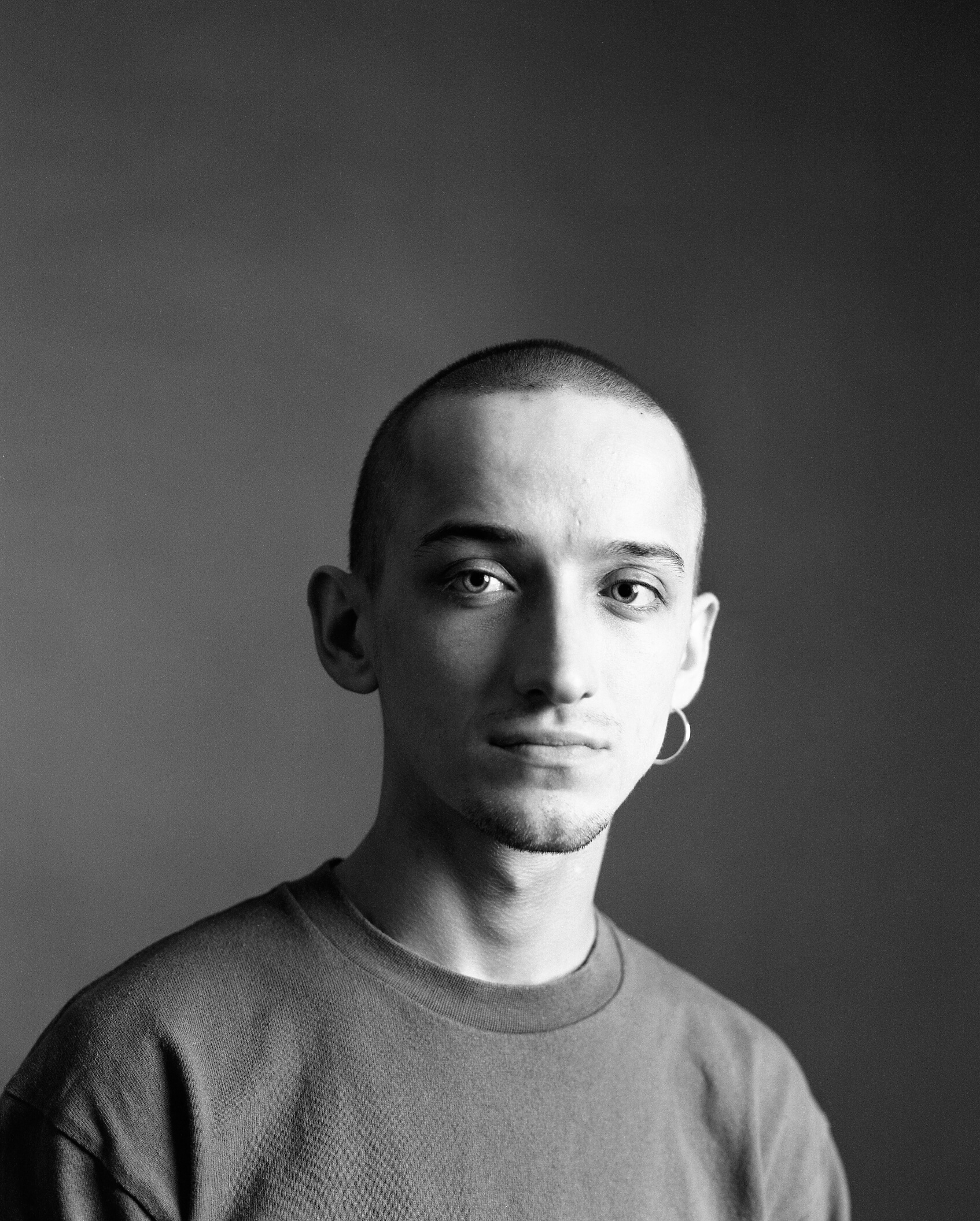
Did you always know you wanted to start assisting? Having started to move away from assisting and working as a photographer, how are you finding the transition?
I am one of those that still think that you have to be an assistant if you want to be a good photographer. It kind of goes without saying within the industry. You start studio assisting, carrying lights, serving coffee, learning basics of the industry. Then you start learning about equipment, lighting, start assisting. You meet one photographer after another, work with a bunch of different people, different styles and approaches and never stop learning. It is a very fun stage to be in. If you work hard, you find yourself working on very interesting jobs and traveling around the world for it. Of course all of that comes with a great number of responsibilities. Then you slowly start getting tired of it all, you want to be photographer. Now you know the industry, you know how it all works or rather how it suppose to work.
Shooting yourself is a tricky path to take, especially during the transition. You suddenly realise it’s all on you. You need to get your creative thoughts together, manage your team (if you’re lucky and have one!), answer all the questions on set, make it all work and deliver. Here you go, you just left your comfy assistant comfort zone.
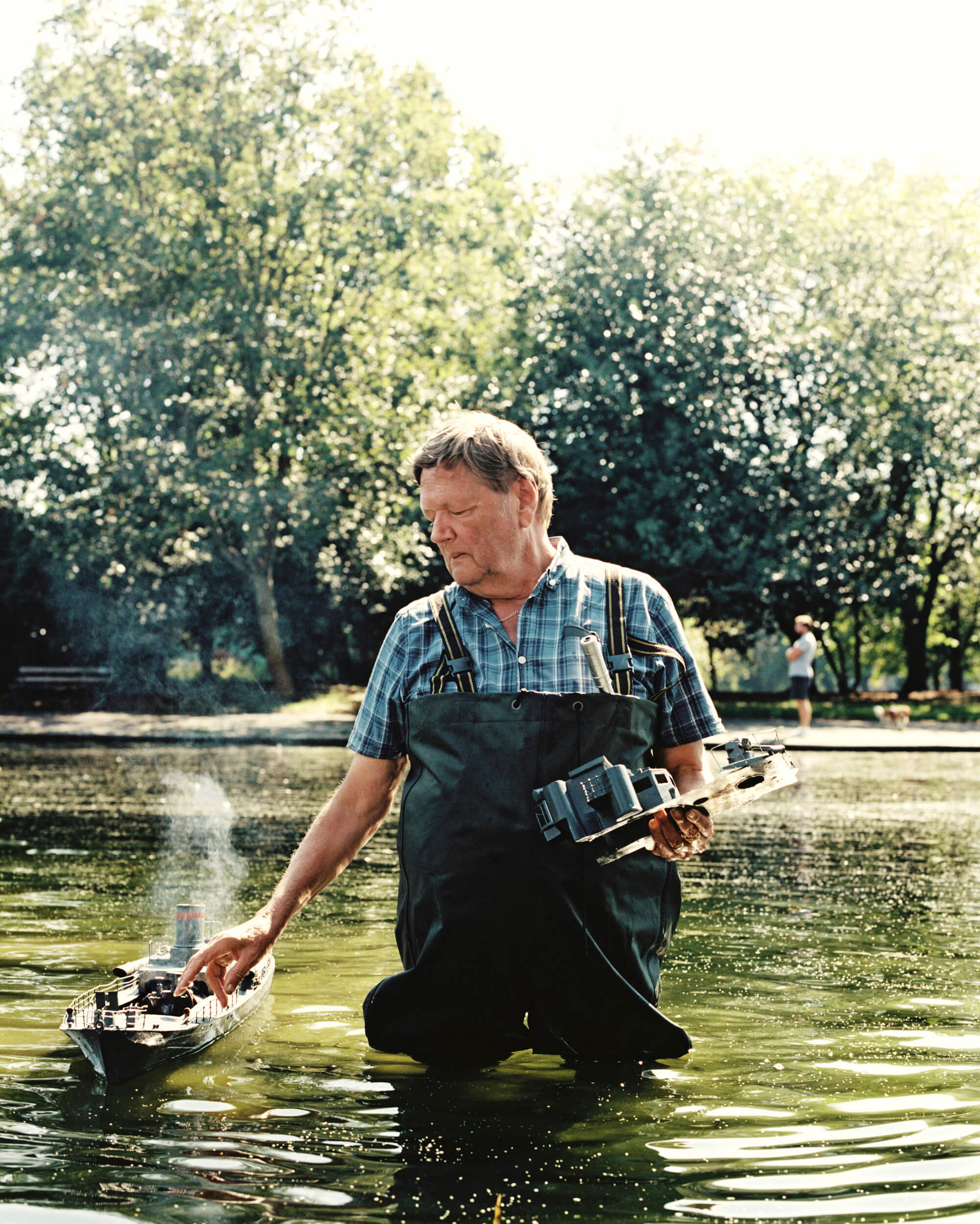
What would you say has been your biggest learning experience?
There is so much to learn as an assistant. In some situations it is about light and technical bits, in others you learn how photographers speak to their creative directors or clients. As an assistant you’re a problem solver and once you’ve been working with someone for some time and you’re on it, you learn to work around them. Every little helps, you realised that as soon as you start shooting your own jobs.
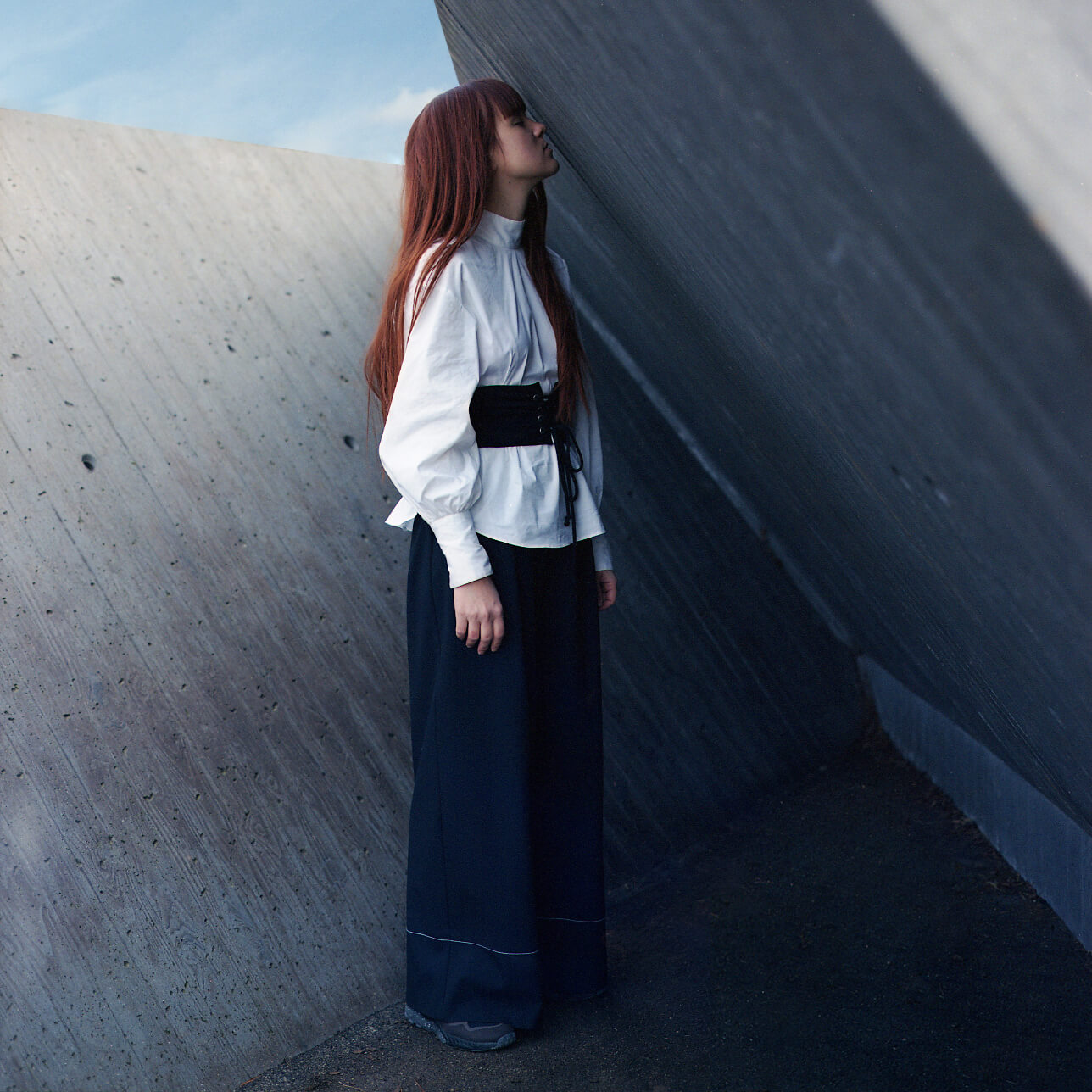
Where does your determination and motivation come from?
I came to the UK on my own straight after high school. On my first day at uni I thought “I have no clue how I am going to get this degree!”. I had to make it work. I think my determination comes from both my personality as well as my passion for what I do. You have to have that drive for it. Nobody is going to give you anything unless you take it yourself. Learning on the job is important, even if you don’t have enough experience you really need to go for it and solve problems on the way. Sometimes you can lose that drive, especially if you’re not doing well on a day or no one is responding to your emails – not every day is a rainbow. But more often than not, you just go for it.
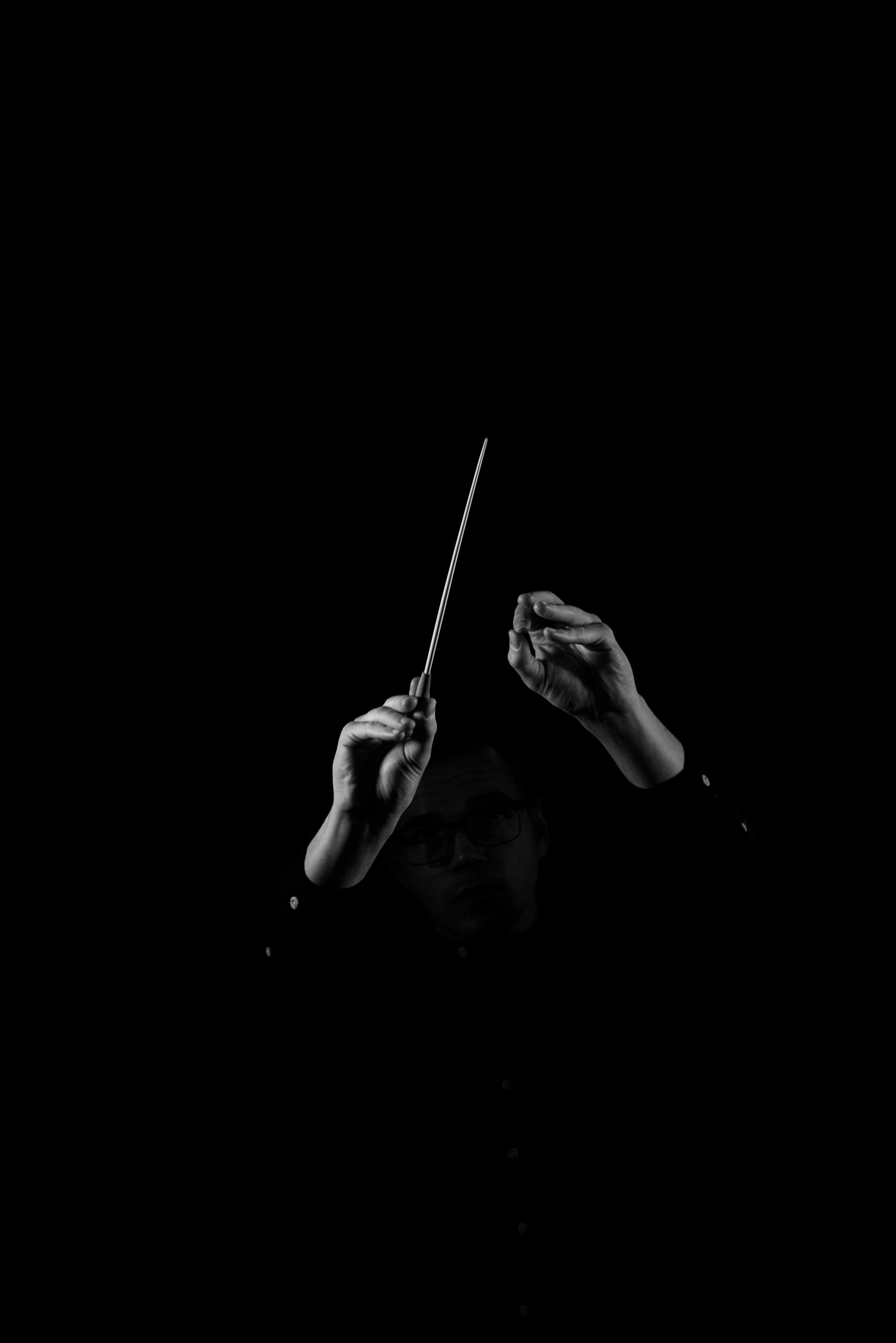
It’s easy to forget how many people can actually be involved in the process of making a photograph, and as you said they tend to stay in the shadow. Is there anything you would advise those wanting to start out in assisting?
If I started again I would go back and do exactly the same. When I was invited to speak at my university I always said that you need to be “on it” all the time. Whatever effort you put in, that’s what you get back. Whether it’s at uni or at work. I would suggest to always look for opportunities, find people, meet people, talk to people and always keep creating your own content.
Now I meet more and more younger people that seem to expect things to happen. Nothing happens due to pure luck. You have to work for it. As talking from my own experience, I would suggest that you start as a studio assistant. There are so many places in London where you can start. It’s hard work, but it’s great. That’s where you meet photographers and other assistants, you see everything that happens behind the scenes.
When I left university, I received few responses to my emails, but after I left my position in the studio, almost everyone replied. It’s not just that you’ve worked in that studio, it’s the fact that you were always the one who’s there and willing to help every single photographer or his team. It is a huge learning curve. I know that after uni you believe you’re amazing and you’ll shoot all these campaigns and be a superstar but then reality hits you. It doesn’t work like that. I’m not saying it’s impossible to be an amazing photographer straight away! But most likely you will have to earn that first commission. Everything comes with hard work, time and a positive attitude.
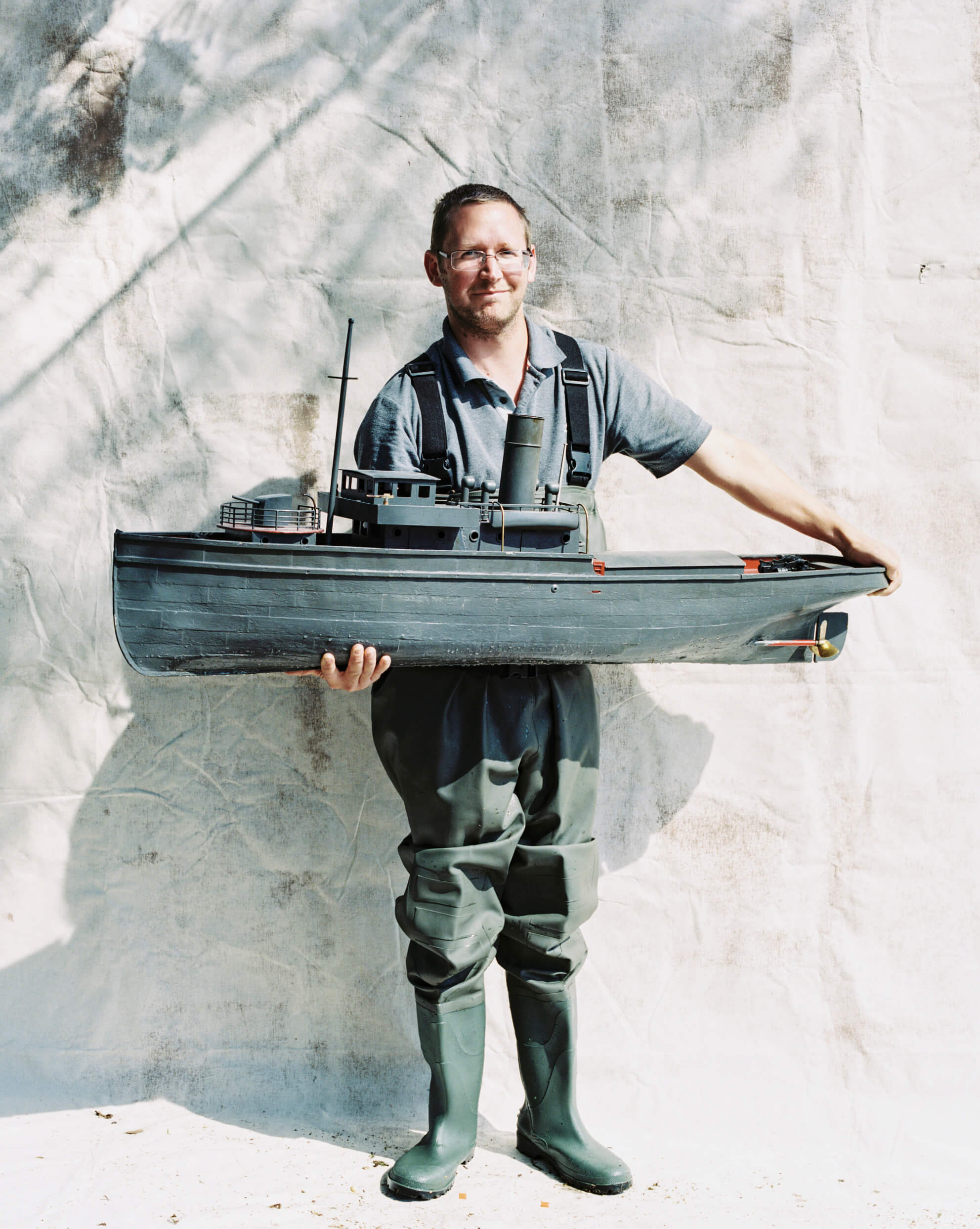
Can you tell me about your best experience as an assistant/photographer?
Nothing can beat me and Ben shooting NASA in Houston. But then we touch on the topic that this is Ben’s project and it is an amazing project, but it’s not yours so you can’t compare it to your own experiences working on your own projects.
I’d say that shooting in India this summer was probably my greatest experience. It was one of my biggest commissions so far. Me and my team travelled to a different culture to shoot these lovely photo stories of local people. People in the villages, on the fields, visiting some local homes, capturing social gatherings and school kids. It was a dream assignment that involved some very strong visuals and incredible travel opportunities.
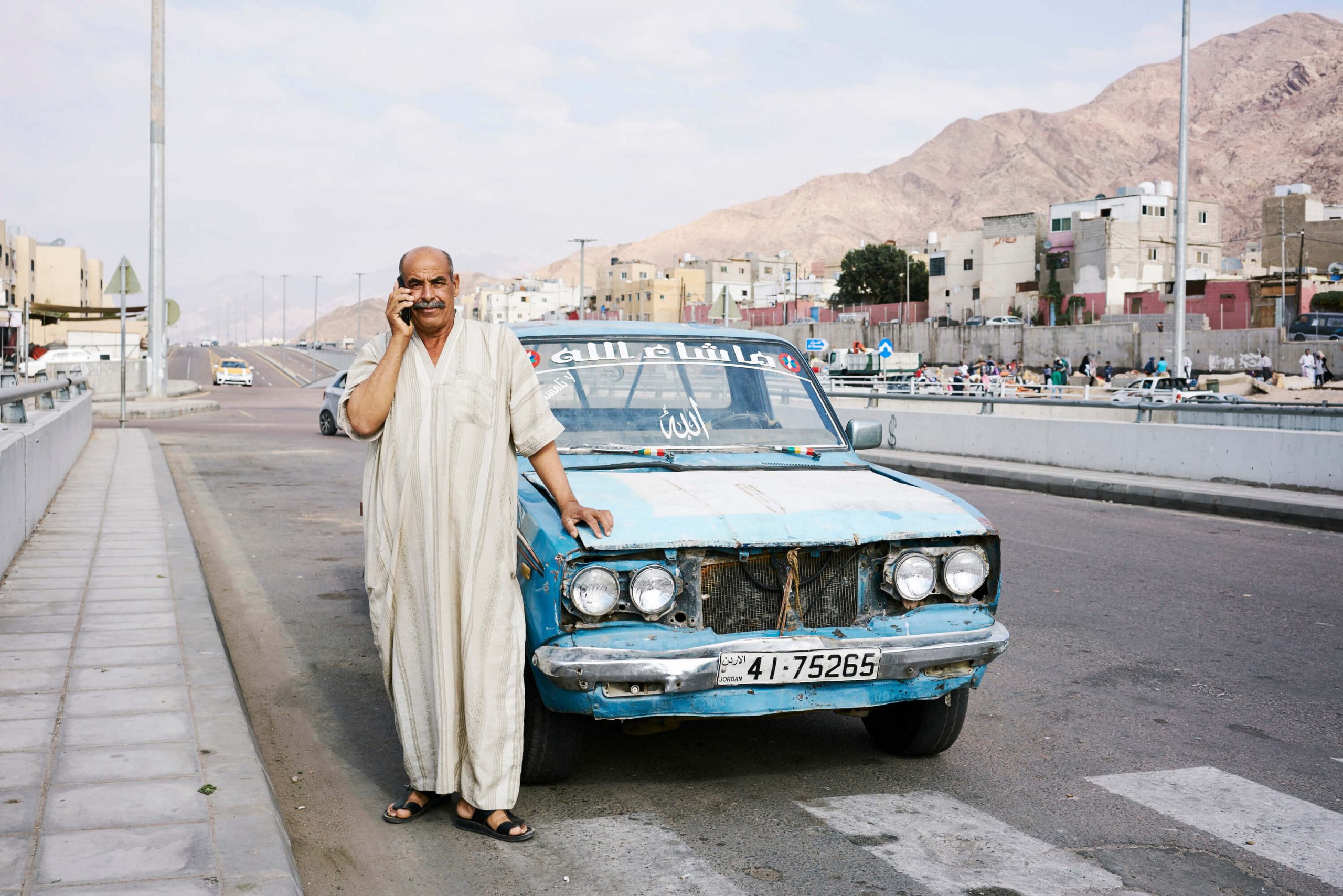
How did you get into portraiture, was it always an area you were interested in? Over time, how do you think your style has developed?
During my studies, I thought I would love to be a fashion photographer. I thought that I would work on big fashion shoots, such as Vogue editorials or Calvin Klein campaigns. I don’t know, I don’t really get it. I like real people with their unpolished real stories. I love communicating, meeting new people, sharing human emotions, hearing the stories and capturing them. I guess that was a natural route into portraiture. My dissertation looked at if portraiture was a representation of the portrait or the sitter. When I think about it now, I think that portraiture is a visual conversation between photographer and sitter. If it’s a good portrait it is never about the photographer, it’s a conversation between the two. Sometimes you only have a minute with someone and there is no time to chat! I always try to have a laugh at least. You have to make it comfortable for your subject!
I believe it is quite important that you see your work developing over a period of time. In my view, mine did too. Sometimes it can be a completely different subject matter now, compared with things that interested me in the past. Today I don’t like to force things, I like to keep it as natural as possible. If I have planned a shot in my head beforehand (and it looked awesome) but it doesn’t work with the subject, I just leave it behind. Nobody likes fake people, why would you create fake portraits.
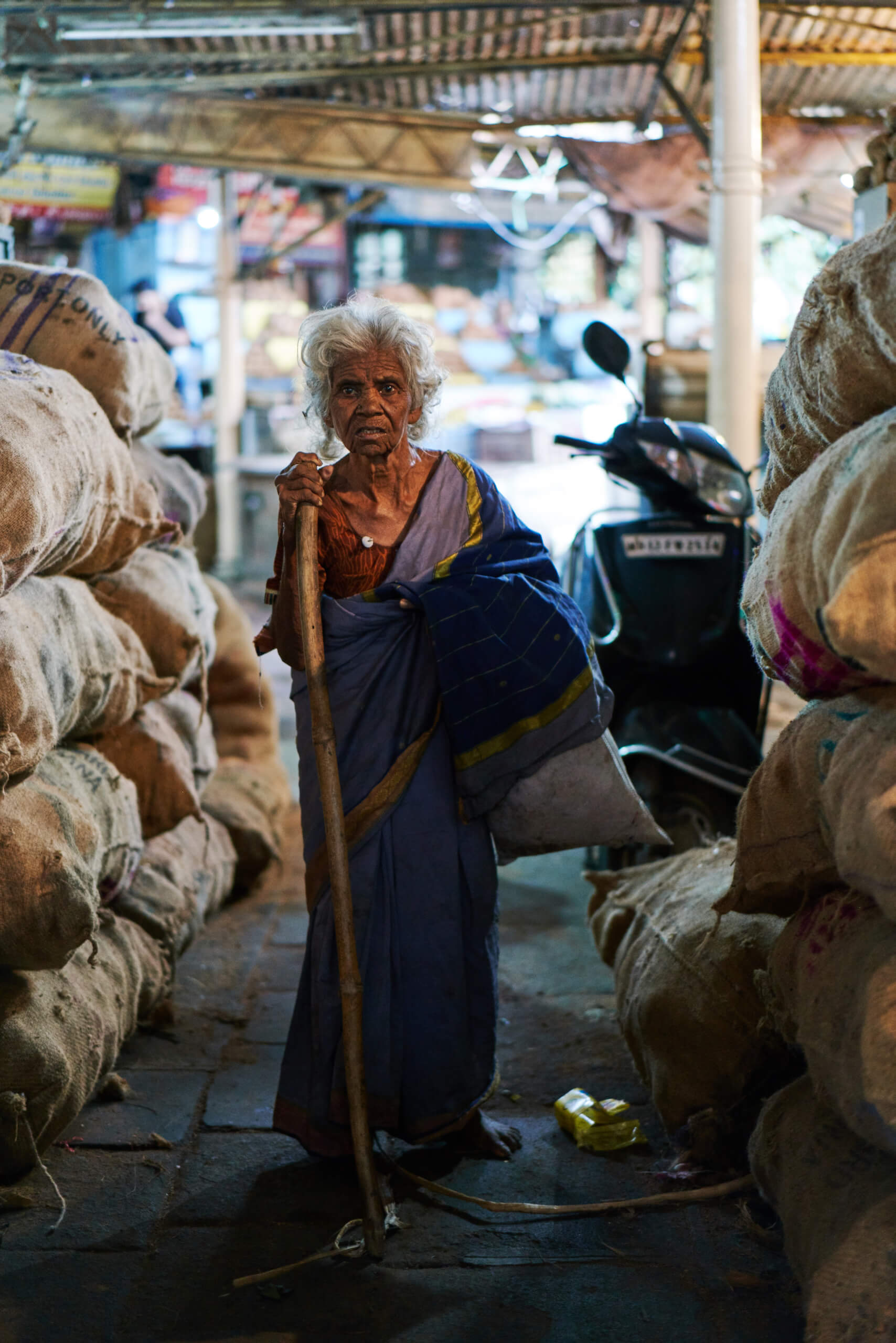
From your career, what do you think is your best portrait?
That’s a good question… I don’t think I have taken my best picture just yet. There’s always better to come.
Nevertheless, for a very long time, I had a dream to meet Professor Vytautas Landsbergis. The first Head of State of the re-established independent Lithuania. I don’t think that it is my strongest visual I have created but it is the one that holds the biggest meaning for me.
It was a very personal dream to photograph the person who fought for the freedom and dignity of the whole nation. The person who inspired thousands.
On 11 March 1990, Professor Vytautas Lansbergis headed the Parliamentary session during which the restoration of Lithuanian independence from the Soviet Union was declared. Lithuania became the first Soviet Republic to do so.
In 1991 January events crowds of peaceful protesters stood against the Soviet empire’s aggressive attempt to overthrow the independent Lithuanian government. The USSR’s willingness to use tanks and guns against peaceful civilian demonstrators became a wake-up call to the world to support Lithuania’s peaceful transition to independence. The image seen around the world was of music professor turned freedom fighter Vytautas Landsbergis, steadfastly informing the world that he will not leave the Lithuanian parliament building. To those who were in Vilnius that winter, Vytautas Landsbergis will remain one of the most inspirational personalities of the era.
“… this musician was a very strong leader who talked pianissimo but acted forte. Like Charles De Gaulle in World War II, Landsbergis knew that his only source of power was his absolute inflexibility on matters of principle. His insight and personal will enabled him not just to navigate the perilous course that ultimately led to the restoration of his country’s independence after fifty-one years of Soviet occupation.” – Richard Nixon, Former US President, 192I. I come from the very first generation of independent Lithuania.
I was born two years later. Coming from the first independent generation, I always wanted to meet and thank him! It was an unbelievable experience and part of my personal story that let me be Lithuanian today.

Article by Collective Photographer Lou-Marí Basson
If you enjoyed this Interview by Lou-Marí Basson, check out another Collective interview with Benedict Redgrove: https://thesouthwestcollective.co.uk/benedict-redgrove-discusses-his-fantastic-project-nasa-past-and-present-dreams-of-the-future/
1 Comment
Add comment Cancel reply
You must be logged in to post a comment.

[…] If you enjoyed this piece, check out a Collective Interview Here […]